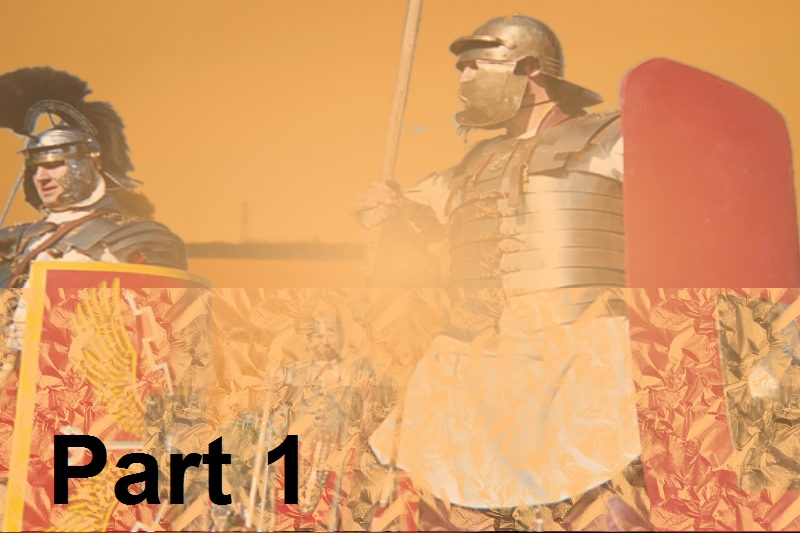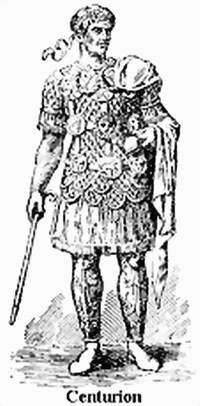LINCOLNSHIRE AND THE ROMANS (Part 1)


The name of Lincolnshire is derived from its chief town. The Saxon name was Lindocollyne, which was derived from Lindum or Lindecollina; the Roman name of its capital, and has been, by subsequent and gradual alterations, remodelled into its present form.
Under the reign of the Norman conquerors, Lincolnshire was designated by the name of Nicolshire, but this could have come about owing to the imperfect pronunciation of the Normans, and Incol. or Lincol, could have been misread as Nicol. The ancient inhabitants of Lincolnshire were the Coritani and at the time of the Roman invasions in the year 54 BC; was very sparsely populated.
The dwellings of the ancient Britons were scattered about and generally situated on the bank of some rivulet, or on the skirt of some wood or forest, for the convenience of hunting, and pasture for their cattle. Caesar describes the towns of the Britons, as "tracts of woody country surrounded by a mound or ditch, for the security of themselves and their cattle, against incursions of their enemies."
The ancient Britain's were clothed in the skins of the animals, which disputed with them the dominion or the country. Caesar first planted the standard of civilization in Britain and by the year 47, a frontier had been established from Exeter to the Humber.
In the first 20 years of occupation, some progress had been made in spreading Roman civilisation. The natives began to erect towns and cities, and to adopt the habits, customs and manners of their conquerors. Their agricultural knowledge was increased by the Romans, and they cultivated the soil with assiduity.
The face of the country very soon exhibited a new appearance. The art of brick making was introduced and soon houses and walls grew up all through the occupied territory. Towns and cities were founded, and productive meadows and cornfields.
The Romans also built forts and stations. The military walls that were built prove to us just how clever the Romans were in military skill, for the positions chosen for these defence works were perfect, when we consider the conditions of the times and the requirements.
Drainage, Tanning & Baths
The Romans commenced the drainage of the marshes and fens of Lincolnshire, and one of the greatest works is the Cardyke, which extends from the River Welland, on the southern side of the county, to the River Witham, near Fiskerton, to within a few miles of Lincoln. Its channel, for nearly the whole of this course, an extent of about 40 miles, is 60 feet in width.
By cutting the Cardyke, the Romans prevented the waters from deluging the county, for this great canal receives from the hills, all the drainage and flowing waters which take an easterly course, and which, but for this 'catch water' drain, would serve to inundate the Fens. The Fossdyke, another canal attributed to the Romans, extends from the Witham at Lincoln, to the Trent, near Torksey.
During the Roman government in Britain, Lincolnshire was included within the province of Flavia Caesariensis, and had a number of military stations established in various parts of it. The Romans also established many forts and stations of inferior rank, in various parts of the county.
Many coins and other Roman remains have at different times been dug up, which bears out its Roman role.
The Romans taught the ancient Brits tanning. The skins of the mammalia consist of two principal layers, of which the inner is called the corium [Latin] or 'true skin', which is what is used. It is an art, which the Romans had perfected. The bark of the oak is one of the oldest and perhaps the most satisfactory of tanning materials; but by the 1800's its place was taken by other vegetable products.
Baths were introduced, and cleanly habits became general, the practice of smearing the body all over with mud and coloured earth disappeared, and it became the fashion to adopt Roman manners and customs. The dress of the well-to-do classes became quite splendid, and during the 3rd century, it would have puzzled a stranger to distinguish a Briton of the upper class from Roman.
It became during this period a fashion for the wealthy Romans to come to this country - it was part of the Roman Empire - for the summer months, much in the same way as English go today to the shores of the Mediterranean to escape an English winter.
